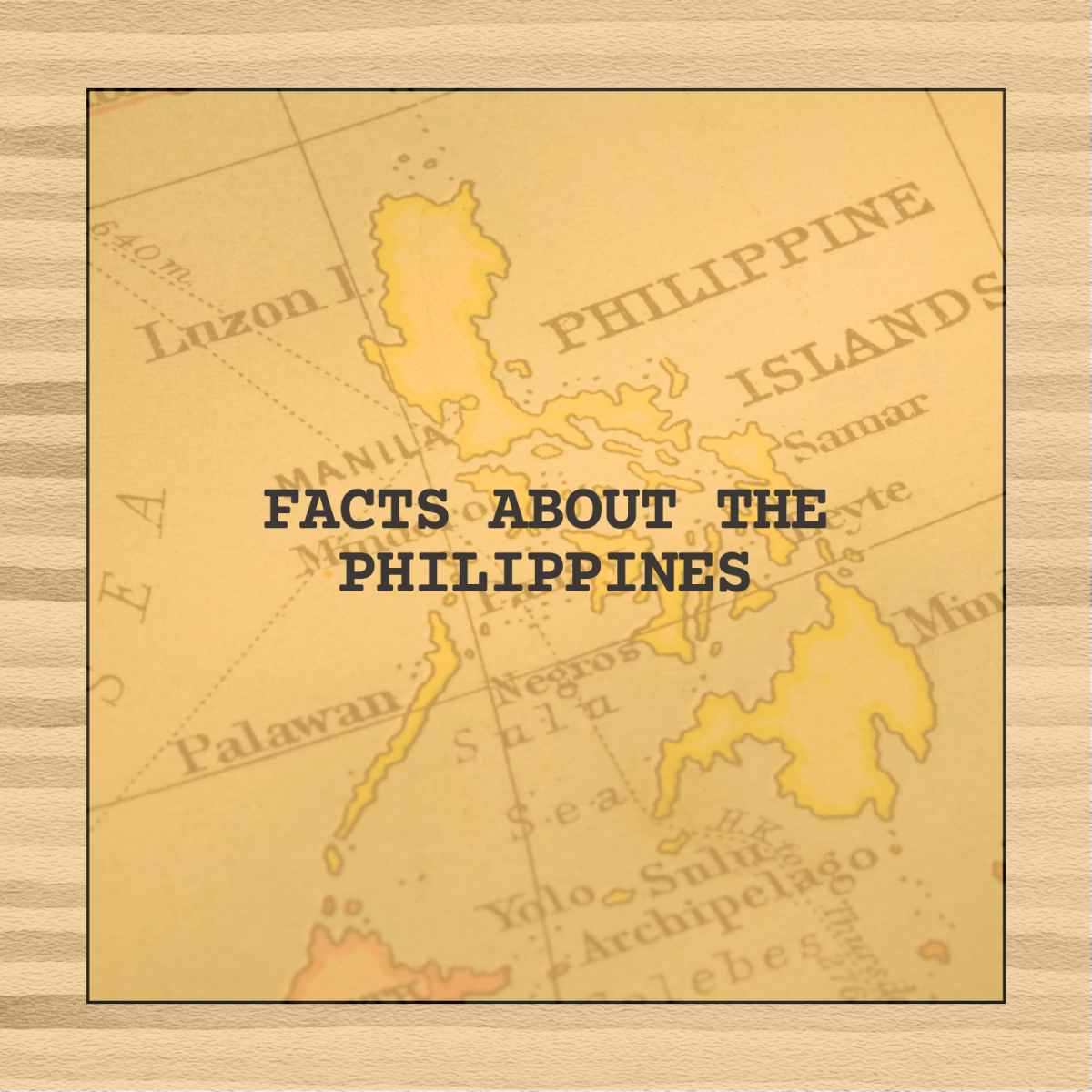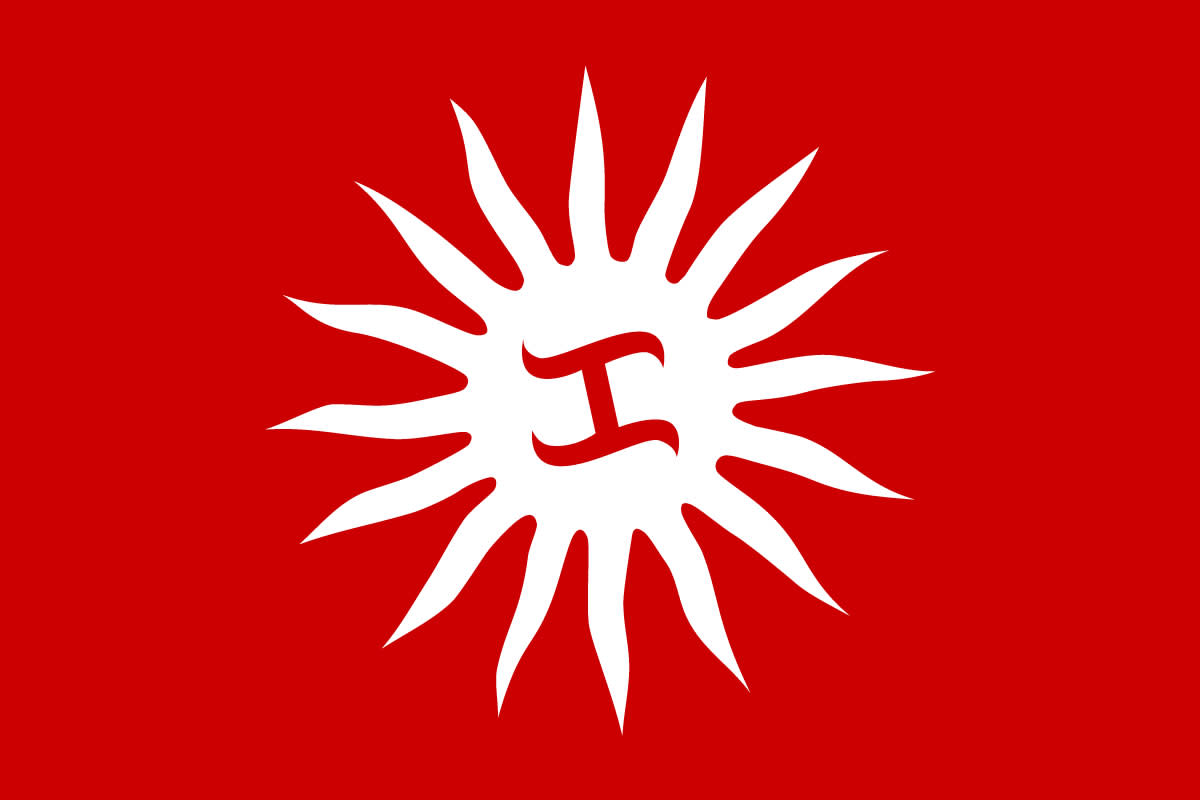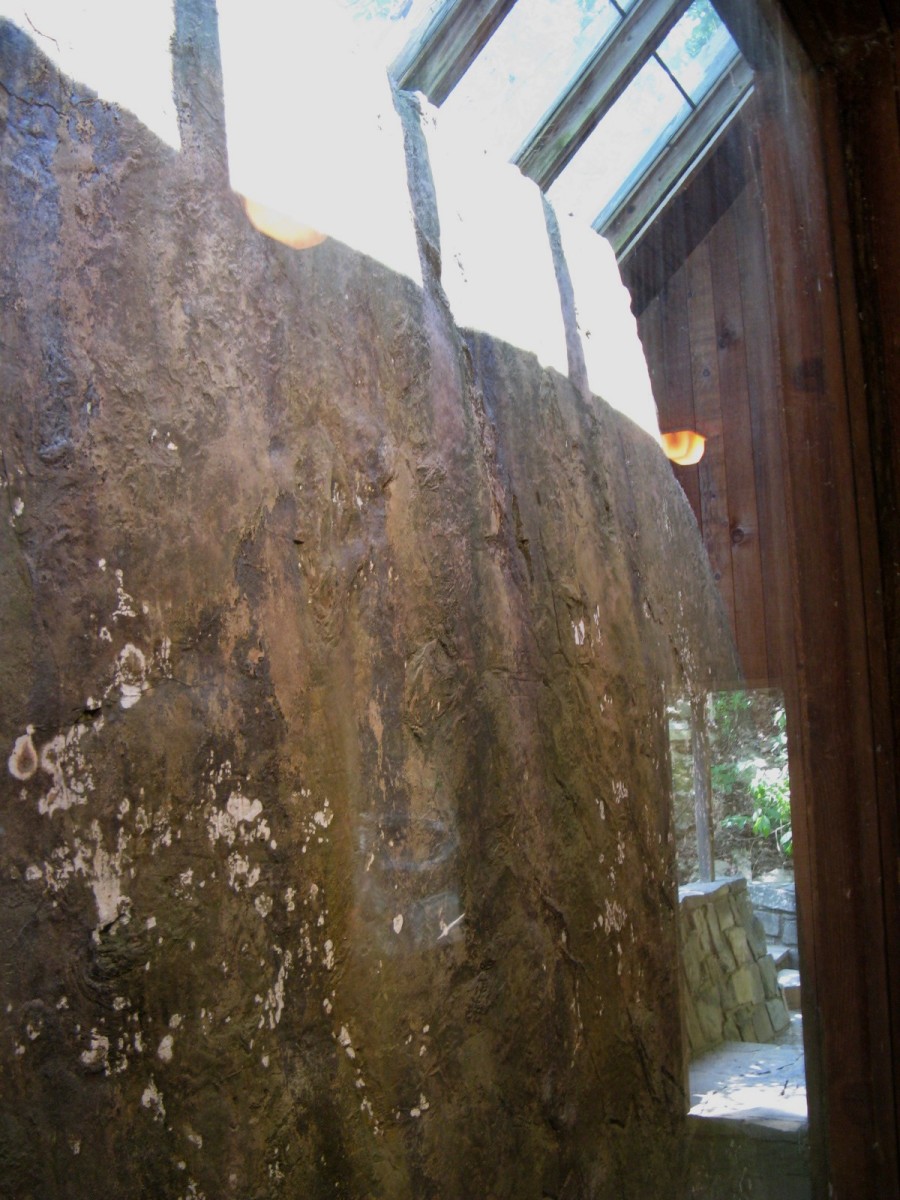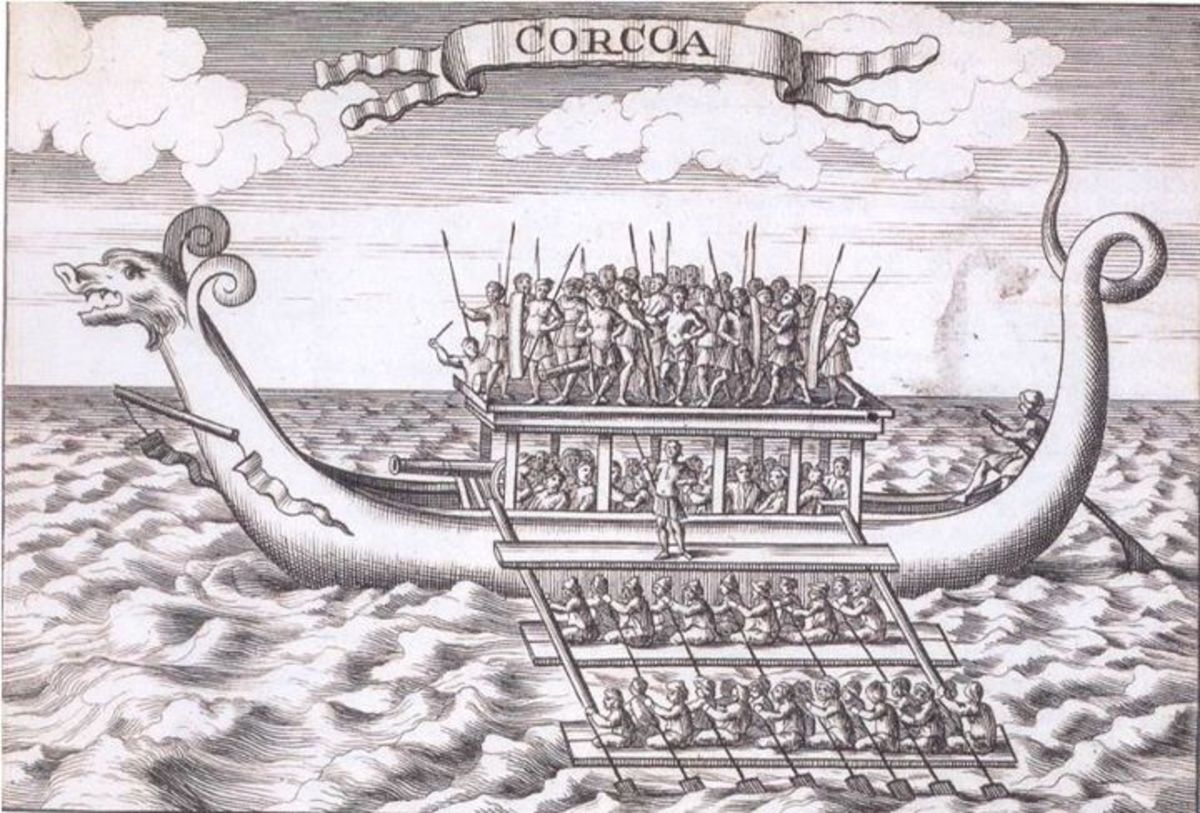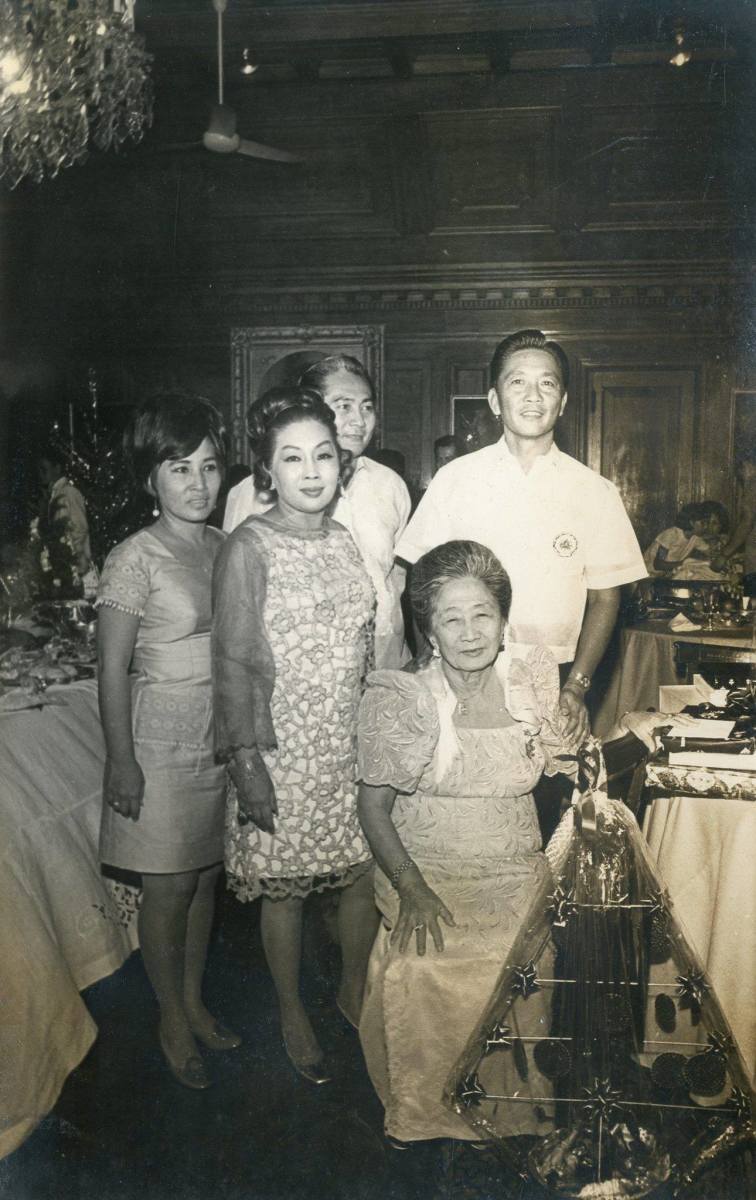The Viet Minh and the Katipunan: Successful Anti-Colonial Movements in Southeast Asia
In the early years of European exploration and colonization, much of Southeast Asia was incorporated into the growing empires of the western nations. The British, Spanish, and French all had extensive holdings in Indochina and the surrounding islands of Oceania. The principle allure of for these nations to colonize was a combination of rich resource reserves of spices, along with a great deal of cheap labor that was easy to take advantage of. However, after a couple generations of rule by these foreign powers, many of the native populations became upset with the conditions enough that nationalist movements began to spring up in opposition of the colonial rule. Two cases are of particular note for their success in spite of the oppressive rule of the colonial powers, the Philippines and Vietnam. By exploring the situations of each particular country at the time of the nationalist movements, as well as the strategies used by each nationalist group, the Viet Minh in Vietnam and the Katipunan in the Philippines, we will how they were successful in expelling the colonial regimes. It will further be shown that these two groups succeeded not because of similar conditions in the country, but because of similar strategies and sentiments among the nationalist groups, and the populations as a whole.
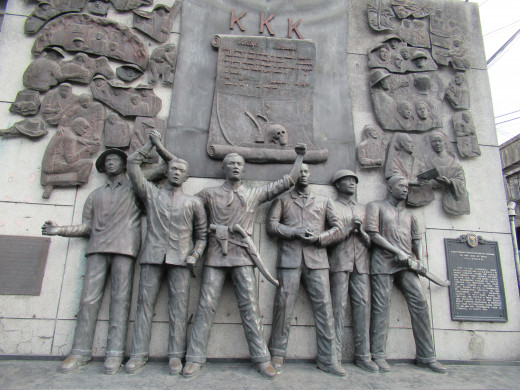
The Katipunan and the Philippine Revolution
From the initial colonization of the Spanish in the Philippines, all ports were closed off to all trade, aside from any that benefitted the Spanish. Spain was one of the leaders of trade in the region, and they feared that this could be jeopardized if they allowed foreign powers to also conduct trade. However, in the early 19th century, mounting pressure from other local colonies, as well as new enlightenment ideas prompted Spain to open up the major port of Manilla, as well as some of the smaller ports. This hurt Spain's trade immensely, but exposed the Filipinos to education and and ideas from the rest of the world, instead of just what was imported by the Spanish. This also introduced the revolution mentality that was so prevalent throughout the world at this time, with the American and French revolutions just a couple decades earlier. The youth quickly picked up on and embraced this.
The social structure of the Philippines during the colonization by the Spanish was set up in a way that built tension between the Spanish and the local Filipinos. The upper class were known as the principalia, and was exclusive to the Spanish only. The middle class formed slowly out of the working class by taking advantage of the prosperity of Spanish trade, and became educated. The middle class and working class, who were entirely Filipino, become more and more displeased with the rule of the Spanish, especially after they had become exposed to western ideals and education. Because of this, several members of the educated middle class formed a secret society, known as the Katipunan.
The Katipunan was a well organized local society that had a place in all local areas. Even though the Spanish had their own administration in place, the people were more loyal to the leadership of the Katipunan, because they were Filipino and of the a similar class. The intention of the Katipunan was to gain independence from the Spanish through violent revolution. By establishing themselves in every local area and circumventing the activities of the Spanish, they gained a huge following by the Filipino people.
In August of 1896, the Spanish discovered the existence of the Katipunan, and the leadership decided that it was the best time to engage in open revolution against the Spanish. Though initially repelled in their attack on Manilla, they had some success in the more rural provinces. The Katipunan organized a revolutionary government that effectively ruled over almost all of the country, except for Manilla which the Spanish held onto, until it was taken by the United States during the Spanish-American War.
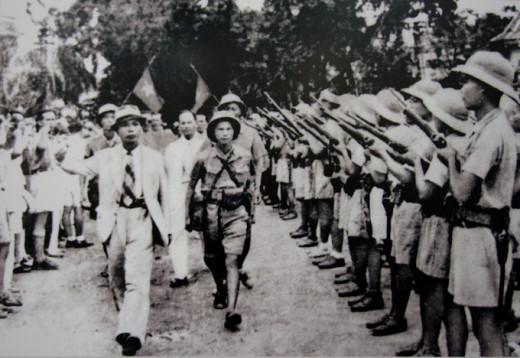
The Viet Minh and the First Indochina War
The French colonized the bulk of Indochina during the same period of colonization as the Spanish in the Philippines. They official began to govern in Vietnam in the Mid 19th century, though they were much more open than the Spanish initially were. They provided schooling to more affluent Vietnamese and allowed other nations to conduct trade within the country, which allowed revolutionary and independence ideas to begin to spread within the country to the masses. By the beginning of the Second World War, nationalist ideals had spread to much of the populous, and many Vietnamese had been educated by the French, in the country, as well as in France. The time was ripe for revolution.
In 1941, the Japanese occupied the entire country, but left the Vichy French in control of much of the government. Ho Chi Minh returned from France about this time and helped to organize the Viet Minh, a nationalist group who opposed both the French colonists as well as the occupying Japanese. As the war was coming to a close, Japan took full control of the country and imprisoned most of the French still present in the country. They began to open up more of the government to the Viet Minh, and after the surrender of Japan in 1945, they allowed the Viet Minh to take war surplus weapons and supplies, as well as provide some of their soldiers to train the Viet Minh in combat. The Viet Minh began to take control of much of the government and provided a relief effort for the Vietnamese who were suffering a famine, brought on by the activities of the Japanese. This allowed the Viet Minh to win over much of the Vietnamese people.
After the Japanese had fully left the country, the French began to move back into areas formerly under their control. They quickly took back the southern areas of Vietnam, though the northern half stayed in the control of the Chinese, who had been occupying in order to oversee the removal of the Japanese. Once the Chinese left, the Viet Minh engaged in open and guerrilla warfare against the French, who were trying to take control of the northern part of the country. The Soviet Union and China recognized Ho Chi Minh as the legitimate leader of Vietnam, and thus supplied the Viet Minh with weapons and supplies to combat the French. After the French defeat at Dien Bien Phu, the French were beaten enough that in the Geneva Conference of 1954, Vietnam was given its independence, with Ho Chi Minh as the leader of the North and Ngo Dinh Diem as the leader of the South, who was placed there with the help of the United States.
Success of the Katipunan and Viet Minh
The nationalist groups in Vietnam, the Viet Minh, and in the Philippines, the Katipunan, were both successful in freeing their countries from the colonization of western powers. The reasons that they were both successful are essentially the same. First, both countries were exposed early on to revolutionary ideas. Being able to see how other nations faired at revolting against their own oppressive regimes gave them the confidence and the desire to want to free themselves as well. It was also essential that these ideas were introduced well before the actual nationalist movements in order to solidify the sentiments in the populous as well as expose as many generations to it as possible. This meant that once the groups were organized and actually fighting for independence, they people had the drive to continue fighting and there was a wide base of support.
Another successful strategy used by both groups was providing services and governance to the masses. The Katipunan served as a secret government outside of that of the Spanish and established themselves in every province as a local community, aiding people with work and serving as liaisons between the people and the Spanish administration. The Viet Minh provided similar services, particularly during the famine that occurred after the Japanese occupation. They organized agriculture and distribution of food to the people and helped to govern in the absence of any other government. By assisting the masses, these nationalist groups managed to win over the support of the people, as well as building a pool of manpower to draw on for engaging in combat. The masses became loyal to the nationalist groups which made it impossible for the colonizing powers to continue to maintain control of the countries much longer.
The Viet Minh and the Katipunan also took advantage of foreign conflicts to increase their ability to succeed in their revolutions. During the Philippine Revolution, the Spanish-American War also started, which in turn led the United States to send a fleet of ships to the Spanish controlled port of Manilla. The Katipunan were able to take advantage of this to further harass the Spanish, who could not resupply and who had to also contend with the American fleet blockading their main port. The Viet Minh were able to take advantage of the end of World War II, and the start of the Cold War by appealing to communist states like the Soviet Union and the Chinese for supplies, who were willing to oblige in order to spread communism and cause further trouble for the non-communist powers, like France. These movements succeeded because they both realized early on that there were other nations out their who could benefit form their revolutions and capitalized on this to be more effective.
As far as revolutions in the 19th and 20th centuries go, The revolutions in Vietnam and the Philippines were two of the most successful, initially. Though they both effectively took back their country from the colonizing powers, they were quickly engaged in a second conflict with the United States. This greatly reduced their abilities to establish their governments and build their state, which may have had a negative effect on their current situation. However, it is clear that both countries learned quickly what it takes to free themselves from colonial rule and were able to use those skills to repeal any other western nations that tried to colonize once more.
This content is accurate and true to the best of the author’s knowledge and is not meant to substitute for formal and individualized advice from a qualified professional.

